Related Research Articles
John Bampton was an English churchman who founded the Bampton Lectures at the University of Oxford.

Christopher Wordsworth was an English intellectual and a bishop of the Anglican Church.

Richard Poore or Poor was a medieval English bishop best known for his role in the establishment of Salisbury Cathedral and the City of Salisbury, moved from the nearby fortress of Old Sarum. He served as Bishop of Chichester, Bishop of Salisbury and Bishop of Durham.
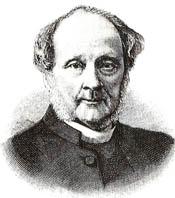
Charles Wordsworth was Bishop of St Andrews, Dunkeld and Dunblane in Scotland. He was a classical scholar, and taught at public schools in England and Scotland. He was a rower, cricketer, and athlete and he instigated both the University cricket match in 1826 and the Oxford and Cambridge Boat Race in 1829.
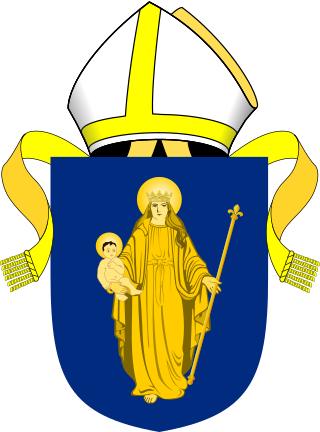

John Clarke-Whitfeld was an English organist and composer.

The position of Savilian Professor of Astronomy was established at the University of Oxford in 1619. It was founded by Sir Henry Savile, a mathematician and classical scholar who was Warden of Merton College, Oxford, and Provost of Eton College. He appointed John Bainbridge as the first professor, who took up his duties in 1620 or 1621.
John Clarke (1682–1757) was an English natural philosopher and Dean of Salisbury from 1728 to his death in 1757.
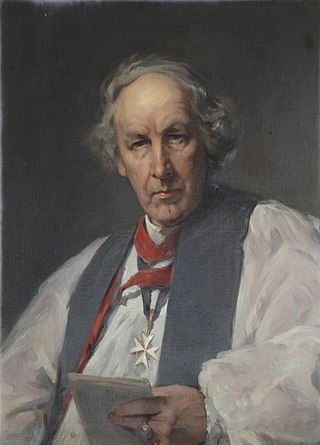
John Wordsworth (1843–1911) was an English Anglican bishop and classical scholar. He was Oriel Professor of the Interpretation of Holy Scripture at the University of Oxford from 1883 to 1885, and Bishop of Salisbury from 1885 to 1911.

The Bishop of Salisbury is the ordinary of the Church of England's Diocese of Salisbury in the Province of Canterbury. The diocese covers much of the counties of Wiltshire and Dorset. The see is in the City of Salisbury where the bishop's seat is in the Cathedral Church of the Blessed Virgin Mary. The current bishop is Stephen Lake.
William Rowe Lyall was an English churchman, Dean of Canterbury from 1845 to 1857.
Simon Montacute was a medieval Bishop of Worcester and Bishop of Ely.
Alumni Cantabrigienses: A Biographical List of All Known Students, Graduates and Holders of Office at the University of Cambridge, from the Earliest Times to 1900 is a biographical register of former members of the University of Cambridge which was edited by the mathematician John Venn (1834–1923) and his son John Archibald Venn (1883–1958) and published by Cambridge University Press in ten volumes between 1922 and 1953. Over 130,000 individuals are covered, with more extended biographical detail provided for post-1751 matriculants.

New College, Durham, or Durham College, was a university institution set up by Oliver Cromwell, to provide an alternative to the older University of Oxford and University of Cambridge. It also had the aim of bringing university education to Northern England.
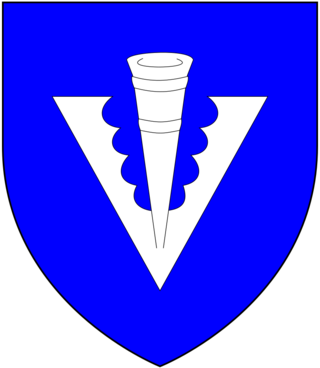
William Bradbridge (1501–1578) was an English bishop of Exeter.
Alan Paul Jeans is a British Anglican priest. He has been the Archdeacon of Sarum, in the Church of England Diocese of Salisbury, since 2003.
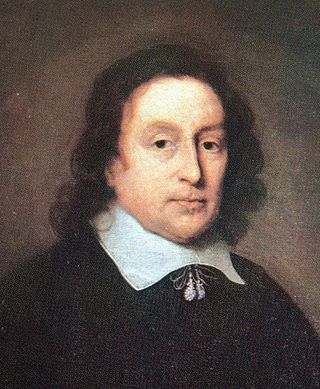
Michael Honywood D.D. was an English churchman, Dean of Lincoln from 1660. Honywood was a bibliophile and he founded and funded the Lincoln Cathedral Library.
Serlo was a medieval abbot of Cirencester Abbey in England as well as Dean of Salisbury.
Francis George le Poer McClintock was Dean of Armagh from 1908 until his death.
The Venerable George Henry Cameron was an Anglican archdeacon in Africa during the first half of the 20th century.
References
- ↑ "Wordsworth, Christopher" . Who's Who & Who Was Who . Vol. 1920–2016 (April 2014 online ed.). A & C Black. Retrieved 26 December 2018.(Subscription or UK public library membership required.)
- ↑ "The Living Church, Volume 46" p632: Milwaukee; Young Churchman Co; 1911
- ↑ One or more of the preceding sentences incorporates text from a publication now in the public domain : Chisholm, Hugh, ed. (1911). "Wordsworth, Christopher". Encyclopædia Britannica . Vol. 28 (11th ed.). Cambridge University Press. p. 825.
- ↑
 One or more of the preceding sentences incorporates text from a publication now in the public domain : "Wordsworth, Christopher". Dictionary of National Biography . London: Smith, Elder & Co. 1885–1900.
One or more of the preceding sentences incorporates text from a publication now in the public domain : "Wordsworth, Christopher". Dictionary of National Biography . London: Smith, Elder & Co. 1885–1900. - ↑ "Wordsworth, Dame Elizabeth [pseud. Grant Lloyd] (1840–1932), college head" . Oxford Dictionary of National Biography (online ed.). Oxford University Press. 2004. doi:10.1093/ref:odnb/37024. ISBN 978-0-19-861412-8 . Retrieved 30 September 2022.(Subscription or UK public library membership required.)
- 1 2 3 Alumni Cantabrigienses: A Biographical List of All Known Students, Graduates and Holders of Office at the University of Cambridge, from the Earliest Times to 1900, John Venn/John Archibald Venn Cambridge University Press (10 volumes 1922 to 1953) Part II. 1752-1900 Vol. vi. Square–Zupitza, (1954) p579
- ↑ Crockford's Clerical Directory 1929/30 p1447: London: University Press, 1929
- ↑ Wright, Patrick (2005). The Village That Died for England. Faber & Faber, Limited. ISBN 978-0-571-21441-9.
- ↑ 'Canon Wordsworth' The Times (London, England), 31 January 1938, Issue 47906, p.14
- ↑ "Daly, Henry Varian" . Who's Who & Who Was Who . Vol. 1920–2016 (April 2014 online ed.). A & C Black. Retrieved 15 December 2017.(Subscription or UK public library membership required.)
- ↑ "Author search: Wordsworth, Christopher, 1848–1938". British Library. Retrieved 14 February 2021.